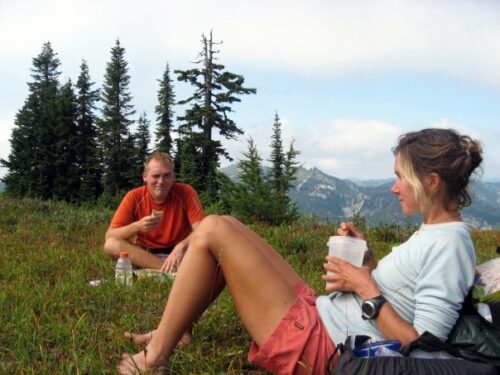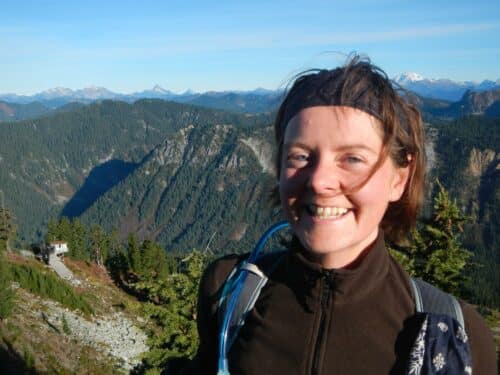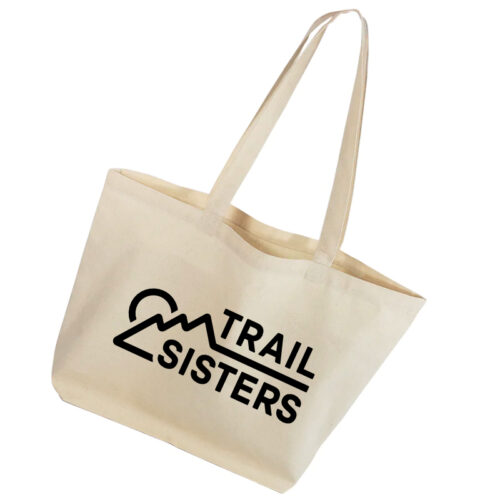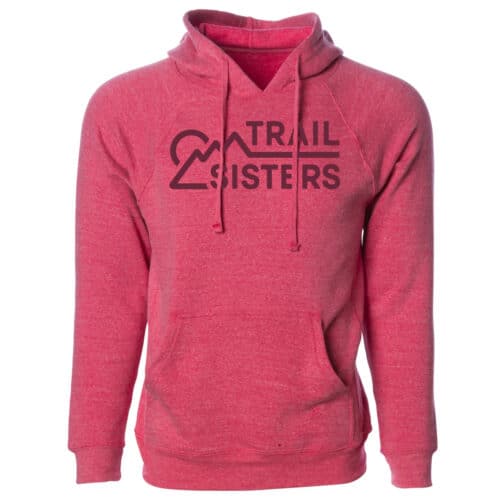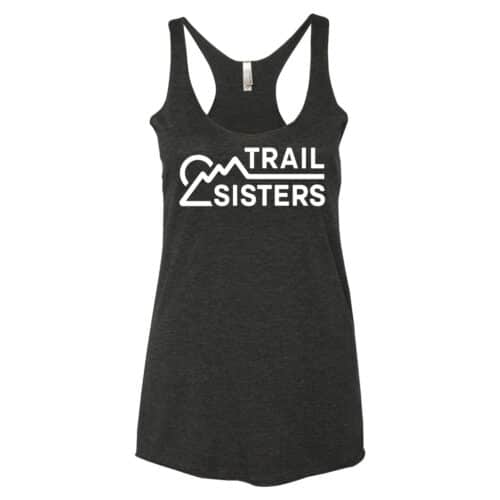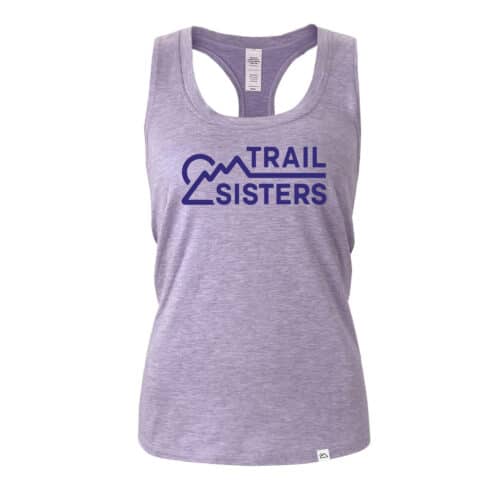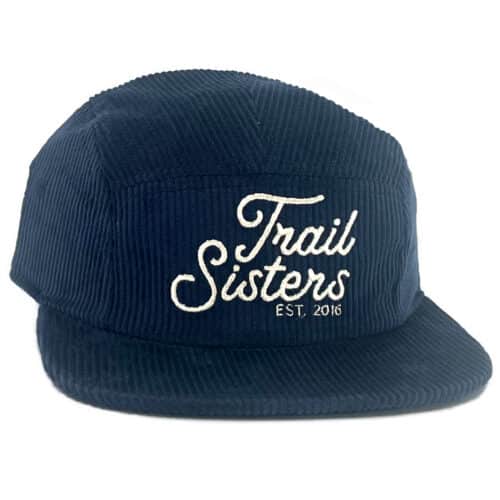Main Menu
Homepage / Words from the Wild / Protecting Our Playgrounds: Leave No Trace Practices for Trail Users
Protecting Our Playgrounds: Leave No Trace Practices for Trail Users

Heather Anderson is a National Geographic Adventurer of the Year, three-time Triple Crown thru-hiker, and professional speaker whose mission is to inspire others to “Dream Big, Be Courageous.” She is also the author of two hiking memoirs Thirst: 2600 Miles to Home and Mud, Rocks, Blazes: Letting Go on the Appalachian Trail and a preparatory guide to long-distance hiking Adventure Ready. Find her on Instagram @_WordsFromTheWild_ or her website wordsfromthewild.net
Share This Article!


By: Heather Anderson
The Leave No Trace Seven Principles are:
- 1. Plan Ahead and Prepare
- 2. Travel and Camp on Durable Surfaces
- 3. Dispose of Waste Properly
- 4. Leave What You Find
- 5. Minimize Campfire Impacts
- 6. Respect Wildlife
- 7. Be Considerate of Other Visitors
© 1999 by the Leave No Trace Center for Outdoor Ethics: www.LNT.org.
As a backcountry user it’s important to not only understand, but also practice these principles in order to keep our wilderness experience enjoyable for everyone. As trail runners we occupy a unique niche in that we often travel fast and light far into the backcountry. We also participate in race settings which are a different use of the land as well. The importance and application of these principles is often glossed over amongst trail runners. Therefore, here is a brief explanation of how the Leave No Trace Principles apply to non-race and race day trail running.
Principle #1. Plan Ahead and Prepare
For race day application, be familiar with the course terrain, typical race day weather, and your own skill level. Prepare accordingly with gear, consumables, and navigation equipment.
For non-race settings, be sure to choose a route that meets your physical abilities. Study topography and weather patterns. Bring adequate gear (including lighting and an emergency blanket!) for the amount of time you are likely to be out plus a cushion. This is especially important if you are solo or running in a location you have not been to before. Talking to land management agencies in advance can be very helpful in assessing trail conditions and access issues. Often people don’t realize that the place they are headed is not well-maintained, traveled, etc. Gaining knowledge of what to expect as well as determining emergency bail-out options is key to staying out of a potentially dangerous survival situation. Emergency locator beacons such as SPOT or DeLorme In-Reach are excellent choices for more remote routes.
Principle #2. Travel and Camp on Durable Surfaces
The best way to follow this principle in any setting is simply to stay on the trails. If you have to leave the trail for something like defecation/urination (see below) then choose a path that will be resistant to impact. Generally rock, sand, etc. is very durable. If you must walk on vegetated surfaces avoid wet ground and steep slopes because these scar easily and may create “trails” that others follow. Dry leaves, grass, etc. generally rebound quickly from footfalls.
Principle #3. Dispose of Waste Properly
This is a biggie for anyone using the backcountry at any time for any reason. It’s essential to keeping our wild places wild for generations to come.
In all situations, pack out your trash. This includes anything that hasn’t passed through your digestive tract or originated from your body in some other way (ie feces, urine, blood, vomit, etc.). Pack out all your food wrappers as well as any that you see on the ground. This is especially important during races when the ubiquitous gel wrapper inevitably falls out of a pocket. Also pack out toilet paper, feminine products, etc.
Another form of waste that needs to be disposed of properly is feces. Ideally you can take care of this at the trailhead or at an aid station privy. If not, the preferred Leave No Trace Principle is to dig a hole and bury it. This does not mean scraping the topsoil over it with your shoe or rolling a rock onto it! A proper hole is dug 6-8 inches deep and about 70 strides (200ft) from trails, water, and campsites.
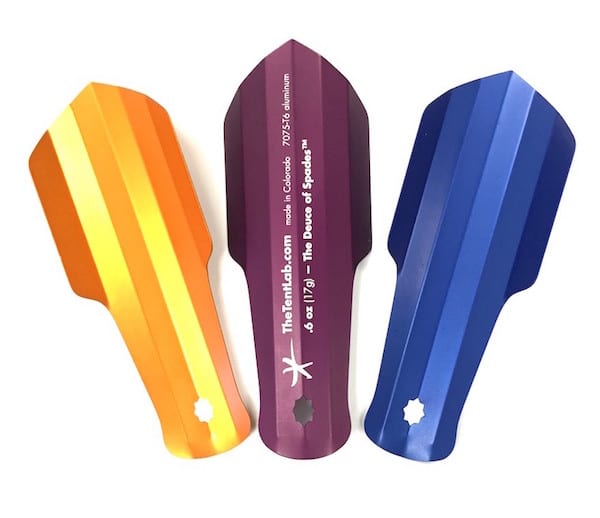
For runners, carrying a trowel is a seemingly bulky and unnecessary weight. The trowel I have found to be both light and compact is the Deuce of Spades which weighs a mere .6 ounces. While it seems like a hassle, it’s essential to dig proper catholes, especially near popular routes or during a race setting when many people are sharing a narrow wilderness corridor.
Principle #4. Leave What You Find
This is a relatively easy principle to apply during a race or run. Simply, don’t pick up souvenirs (rocks, leaves, flowers, artifacts, etc). Leave them for others to enjoy–the weight in your pack will only slow you down anyway!
Principle #5. Minimize Campfire Impacts
Most runners will never be starting a fire while in the backcountry. By being properly prepared for the weather (see Principle #1) you shouldn’t need to start an emergency fire. For those who want more information on being responsible with campfires you can read more about it here: https://lnt.org/learn/principle-5
Principle #6. Respect Wildlife
Encountering wildlife is one of the best parts of running trails! Bear in mind that the animals live in the environment you are passing through and are therefore due the same consideration and respect that you would give when in another person’s home.
Moving rapidly can be stressful to animals. It can also be an invitation to being pursued by certain predators. Part of Principle #1 is learning about the animals that you may encounter and how to interact. In general, leaving animals a personal space of 200 feet or more and not blocking their ability to run away from you is a good way to keep interactions from becoming negative.
Principle #7. Be Considerate of Other Visitors
Keep in mind that people come to the trails for different reasons. Some people seek solitude and may not be happy to run into other people. If someone doesn’t seem too chatty, then move on. Similarly, many people don’t like other people approaching them too rapidly or being “run off the trail.” Always be polite, slow down, and don’t crowd into another trail user’s space. I recommend slowing to a walk when you encounter a hiker and politely passing by before resuming a running pace.
About the Author

Heather Anderson is a National Geographic Adventurer of the Year, three-time Triple Crown thru-hiker, and professional speaker whose mission is to inspire others to “Dream Big, Be Courageous.” She is also the author of two hiking memoirs Thirst: 2600 Miles to Home and Mud, Rocks, Blazes: Letting Go on the Appalachian Trail and a preparatory guide to long-distance hiking Adventure Ready. Find her on Instagram @_WordsFromTheWild_ or her website wordsfromthewild.net
Share This Article!


